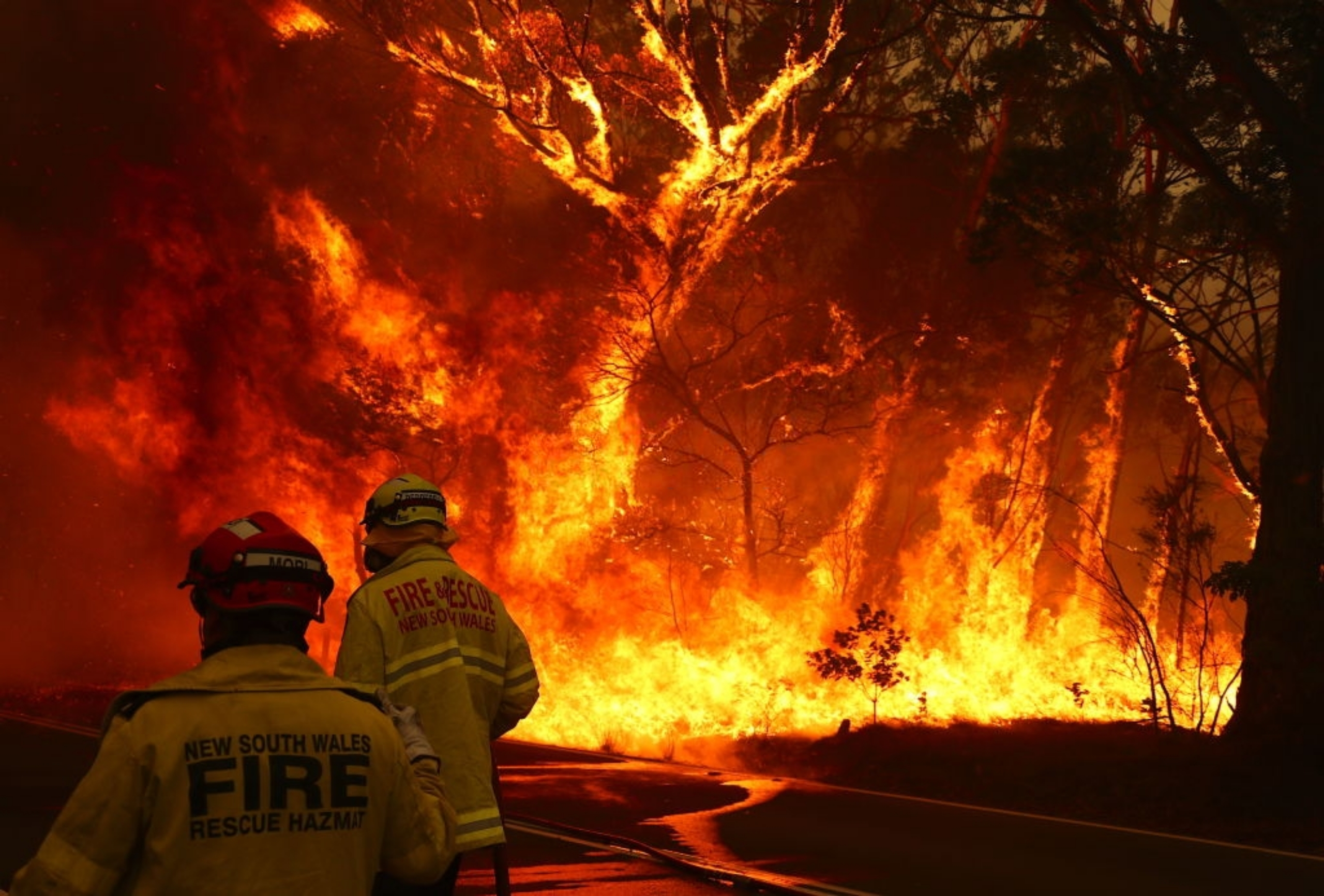Mastering Bushfire Preparedness: The Role of a BAL Assessment in Risk Mitigation
Mastering Bushfire Preparedness: The Role of a BAL Assessment in Risk Mitigation
Blog Article
Crucial Tips for Bushfire Monitoring to Guarantee Fire Security

Recognizing Bushfire Risk Degrees
Understanding the varying levels of bushfire danger is necessary for effective preparation and preparation in mitigating possible risks to lives and residential or commercial properties. Bushfire threat levels are normally categorized based on factors such as climate condition, fuel availability, topography, and historic fire behavior. By understanding these threat degrees, neighborhoods and people can proactively carry out strategies to minimize vulnerability and enhance strength when faced with potential bushfire events.
The very first level of bushfire danger is low risk, where the chance of a bushfire taking place and causing significant harm is minimal. Risky degrees represent a significant threat, with conditions helpful to fast fire spread and severe fire habits.
Understanding these bushfire threat degrees allows stakeholders to customize their readiness and reaction activities as necessary, making certain a reliable and positive approach to bushfire monitoring.
Establishing a Defensible Area
Efficient bushfire administration begins with developing a defensible area around homes to enhance security against prospective fire risks. A defensible space is a barrier zone that develops a barrier between a structure and the surrounding flammable plant life. This room acts as a vital line of defense, offering firemens a risk-free location to run and aiding to lower the threat of a fire spreading to the building.
When establishing a defensible space, it is necessary to consider the design of the property and the surrounding landscape. Clearing up vegetation, especially highly flammable plants, within a particular radius of the home can assist prevent the fast spread of fires. Additionally, maintaining a well-irrigated area around the residential property can additionally boost its defensibility.
Regular upkeep of the defensible area is important to guarantee its effectiveness. This includes trimming looming branches, getting rid of dead plant life, and keeping the area devoid of debris. By spending time and initiative into developing and preserving a defensible room, homeowner can significantly boost their chances of safeguarding their homes and properties throughout a bushfire.
Applying Fireproof Landscaping
When designing landscapes to mitigate the threat of bushfires, integrating fireproof elements is crucial for boosting residential property security and lowering fire hazards. Applying fireproof landscaping includes calculated planning to develop a defensible space around frameworks. Begin by picking fire-resistant plant types that are less most likely to ignite and create reduced levels of flammable products. Select plants with high dampness material, low oil web content, and very little dead plant life to decrease the danger of fire spread. Furthermore, keep ample spacing between plants and keep them appropriately pruned to avoid fire from easily jumping in between plants.

Producing an Emergency Situation Discharge Strategy
Developing a thorough emergency situation discharge plan is vital for guaranteeing the safety and you can try these out security and health of people during potential bushfire cases (Bushfire Risk). An efficient emptying strategy must detail clear treatments to adhere to in case of a bushfire threat, including marked discharge paths, assembly points, and interaction methods
To begin producing an emergency situation evacuation strategy, it is vital to analyze the details risks and vulnerabilities of your area. Determine numerous emptying paths that bring about secure areas far from the fire, considering elements such as terrain, road access, and potential dangers. Establish interaction channels to alert citizens of an approaching emptying, using approaches such as sirens, text alerts, or door-to-door alerts.
Routinely review and practice the evacuation plan with all citizens or area members to make sure everybody understands their obligations and functions. Conduct drills to examine the effectiveness of the plan and make any kind of necessary changes. By having a well-prepared emptying strategy in position, you can enhance the possibilities of a secure and organized evacuation during a bushfire emergency.
Preserving Fire Safety And Security Tools
After developing a detailed emergency discharge prepare for bushfire cases, it is crucial to focus on the routine maintenance of fire safety and security tools to make sure optimal capability and preparedness. Normal upkeep of fire security tools such as fire extinguishers, smoke detectors, emergency alarm, and lawn sprinkler is vital in securing lives and property throughout a bushfire. When required., performing regular evaluations, testing, and maintenance of these devices by certified professionals is necessary to ensure they are in functioning order.
Fire extinguishers should be checked routinely for stress degrees, noticeable damages, and proper this hyperlink functionality. By diligently maintaining fire safety devices, people can boost their preparedness and feedback abilities in the occasion of a bushfire.
Verdict
To conclude, effective bushfire administration entails recognizing danger degrees, producing defensible rooms, executing fireproof landscaping, developing evacuation strategies, and keeping fire security devices. By following these important pointers, individuals can make certain much better fire protection and safety and security for their residential properties and communities. It is very important to prioritize positive actions to reduce the risks related to bushfires and to be prepared for emergency situations.
By comprehending the nuances of bushfire danger degrees, creating defensible spaces, executing fire-resistant landscaping, producing comprehensive evacuation plans, and making certain the upkeep of fire safety and security devices, individuals and neighborhoods can significantly find out here now reinforce their strength versus the devastations of wildfires - Bushfire Risk. These tips are not only vital for safeguarding versus instant fire dangers however likewise for fostering long-term fire protection methods that can make a significant distinction in the face of intensifying bushfire risks
Risky levels indicate a considerable risk, with problems helpful to rapid fire spread and extreme fire behavior. Regular maintenance of fire security tools such as fire extinguishers, smoke detectors, fire alarm systems, and lawn sprinkler systems is crucial in safeguarding lives and home during a bushfire.In conclusion, efficient bushfire monitoring involves recognizing danger degrees, creating defensible spaces, applying fireproof landscape design, creating emptying plans, and keeping fire security tools.
Report this page